Switzerland, Germany, Austria, the Netherlands and Denmark are among the countries with the highest per capita incomes in Europe; in 2022, 4 out of these 5 rank worldwide among the 10 best in the Human Development Index, with Switzerland 1st. These five countries have well developed vocational education systems implemented in a dual education modality. This means that the students receive vocational education in two environments at the same time: in an educational institution (college) and in a private company of the field. The piloting of the dual vocational education and training system (Dual VET) in Armenia began in 2017 within the cooperation of “Private Sector Development and Technical Vocational Education and Training in the South Caucasus” (PSD TVET) program implemented by Deutsche Gesellschaft für Internationale Zusammenarbeit (GIZ) and the Ministry of Education, Science, Culture and Sports of the Republic of Armenia.
Now, institutional reform is taken to a new level. The programme ‘Modernizing Vocational Education and Training in Agriculture in Armenia’ (MAVETA) commissioned by the Swiss Agency for Development and Cooperation (SDC) focuses on the development of dual education at a large scale. For the development of vocational education and training in Armenia’s agricultural sector SDC alone, without counting contributions by other partners, allocated CHF 7.1 million. This is a tentative total financial framework for 2021-2030 and is a subject to confirmation during project implementation.
Werner Thut, Deputy Regional Director of Swiss Development Cooperation Program South Caucasus, told in an interview with Mediamax about Armenian-Swiss cooperation and shared Swiss experience of dual education.
Lasting and sustainable cooperation
2022 marked the 30th anniversary of diplomatic relations between Armenia and Switzerland. Actually, Switzerland’s presence in Armenia dates back to 1988, to the Spitak earthquake. Now we are implementing the Swiss Cooperation Programme for the South Caucasus 2022-2025 and want to expand our presence in Armenia. We are here to stay, to do more, to be helpful to Armenia. We also learn from Armenia, it is not just ‘one-way traffic.’
While working in Armenia, we try to focus consistently on the rural areas and the far-away regions. For example, we have been working in Syunik for 16 years. It is typical for us to try to do what we think we know best. For example, Switzerland is a mountainous country, with century-old mountain farming experience; it has a well-protected natural environment; or we are champions of local self-governance. In all these directions we work.
Currently, we have three main strategic areas: (1) inclusive economic growth, (2) support for better policies and better public institutions (as well as non-governmental organizations), and (3) the sustainable use of natural resources in the context of the upcoming climate crisis.
 Werner Thut
Werner Thut Photo: Mediamax
Also in Armenia, our cooperation is designed in a long-term perspective; we do not “jump” from one topic to another. And our projects are set up so that they support each other. We seek – and have - the support from the Government of Armenia and never “go alone”. We systematically partner both with the government and a number of other international organizations operating in Armenia.
Modernizing Vocational Education and Training in Agriculture in Armenia (MAVETA) is a very good example in case. We partner with others, and we work in an area where Switzerland has a lot of experience. Notably, we are working together closely with Germany and Austria. Switzerland, Germany and Austria are the countries with the most relevant experience with effective models of dual vocational education and training.
To keep young people in regions by developing agriculture
The development of agriculture is very important and we tried to focus on this area. By combining Armenian practices with our experience, we can reach positive results. MAVETA aims at developing vocational education and training in the agricultural sector by introducing a dual VET system. This will allow young people to stay where they are; they get a decent life perspective. The ambition is that they will not have to leave their home place. This will be an important contribution to solve employment problems of the young people, will bring a diversification of the economy, and it will contribute to stable and resilient economic growth.
Of course, this will require time. This project is for 10 years, we cannot expect to change the system and register success in two years. It would not be realistic. Time is needed to reform the curricula of schools, to recruit teachers, to train students. In four years, we will have the first generation of student who will have received a new type of vocational education and training.
Prior to the launch of the project, we have carried out a number of studies to understand the requirements of the private companies, to identify the regions where we can be more useful. As a result, we started cooperation with Goris State Agricultural College (Syunik), Sisian College of ANAU (Syunik), Stepanavan State Agricultural College (Lori), Berd State Multifunctional College (Tavush), Echmiadzin Craftsman State School (Armavir), and Yerevan College of ANAU.
In terms of specializations, we decided to focus on veterinary medicine, milk and dairy products technology, farm work, agricultural machinery, dairy farm management and orchard horticulture.
After we have selected the regions, specializations, the partners, everything is now ready to start the concrete work. It is very important that we work in close partnership with the Ministry of Education, Science, Culture and Sports and the Ministry of Economy.
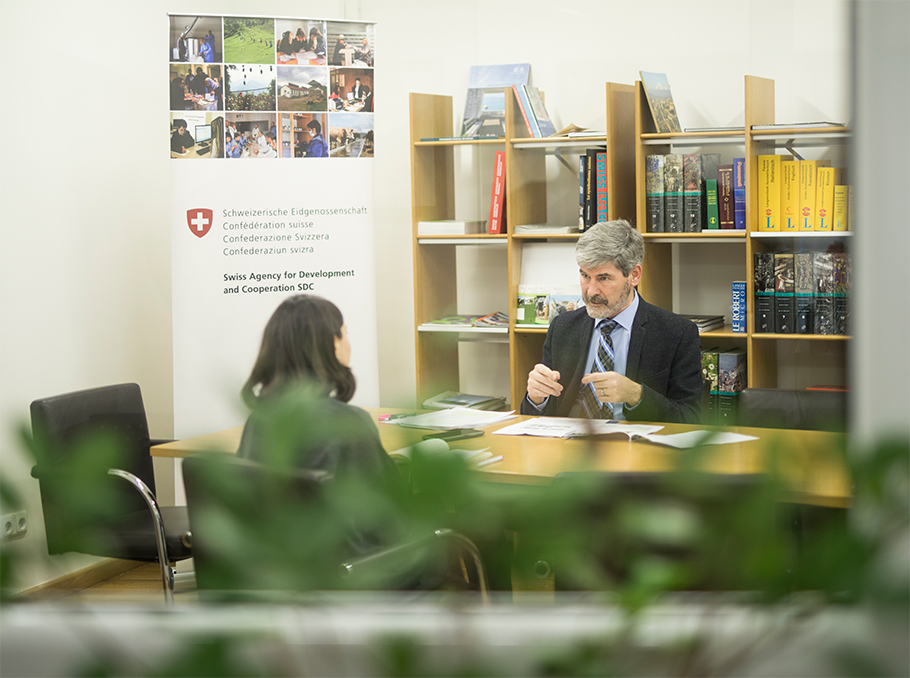
Photo: Mediamax
We do not want this model to be introduced in just one-two colleges, but want to implement a long-term, systemic project that will result in reforms in the sector. Private companies need to work with educational institutions and host and teach students, the colleges need to modernize their teaching content. They also need computers, laboratories, and other equipment. And they need well-trained and motivated teachers. As we have documented in our studies, teachers are very much disconnected from cutting-edge knowledge and very poorly paid. How can they be good teachers?
At the political level of the state of Armenia, there is a need for a fundamental reform of the laws, institutions and funding mechanisms related to vocational education and training. To make this effort effective in the whole country and sustainable over time.
To summarize the main idea in a few sentences: The private companies must tell the public institutions what they need and whom they need. At the same time, they have to shoulder an important part of the task to train the workforce they need. But the dual VET system can be effective only in case of a close collaboration between the private and public sectors. This can only be achieved with a new effective institutional framework.
More than a century old dual VET system
In Switzerland, the dual VET system started developing in the late 19th century. The first initiatives by companies were carried out in the 1880-1890. It further developed in the 20th century. After the Second World War, this model became very popular, and the institution of dual VET was considered to be “the school of the nation.” People were trained, they were made fit for a given profession to respond to the labor market. In return, they gained reasonable salaries and were proud on their profession and their contribution to overall welfare.
Now, the two-third of the youth in Switzerland who leaves school choose vocational education and training, with only one-third going to universities. In numbers, around 220’000 young people are involved in VET programs. They are trained and work in small companies. 99% of Switzerland’s economy comprises of small and medium-sized enterprises, which recruit the young professionals as they complete their programs. In most economic sub-sectors or professions, there are two levels or groups that are closely connected: the majority of the young people – apprentices - are trained to become good professionals: carpenters, chefs, farmers, IT specialists, etc. (upper secondary level). A smaller part is trained for managerial functions – we call them “masters” or “engineers” (tertiary level).
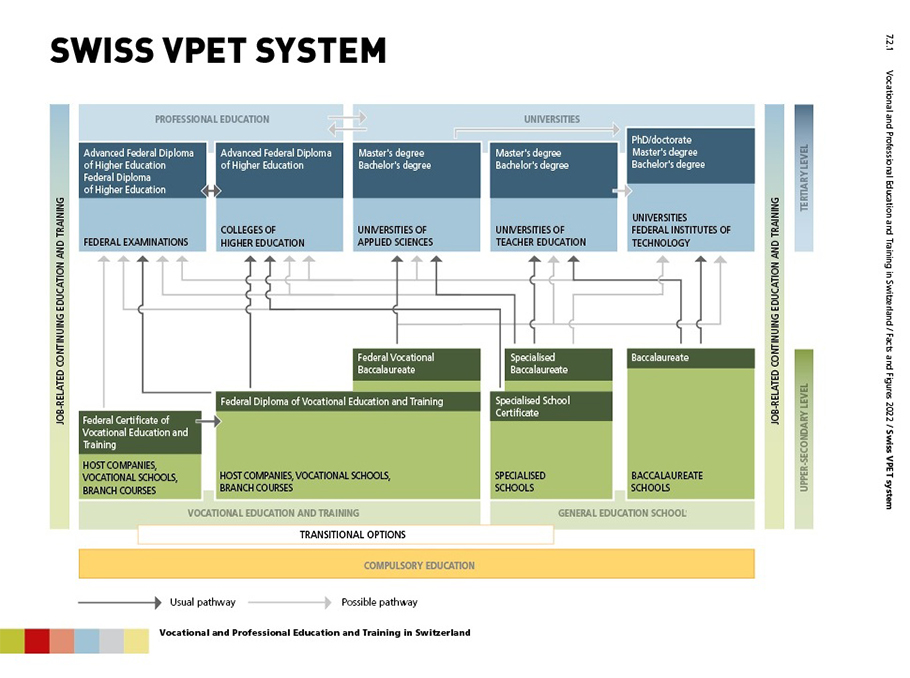
This system is very flexible and allows students to further deepen their knowledge or even to move to a different profession. The scope of career paths is large and ranges from an apprenticeship in a small company to university level. To give you a concrete example: One of my two daughters was trained as an early childhood teacher over 3 years. As an apprentice, she worked four days in a maternity school and went for one day to a vocational college. Then she worked for 4-5 years as federally certified professional in a maternity school. Now she wants to become a school teacher. For that, she is preparing exams to enter a pedagogical university.
Vocational education gives wide opportunities to choose. There are about 245 career tracks in the Swiss VET system. The most popular and highest in demand nowadays are the following ones:
Federal VET Diploma Programme | Total |
Commercial employee (all profiles) | 12’768 |
Healthcare worker | 4’979 |
Retail clerk | 4’196 |
Social care worker | 3’951 |
IT technician | 2’237 |
Electrician | 1’946 |
Logistician | 1’771 |
Draughtsman | 1’504 |
Cook | 1’487 |
Farmer | 1’420 |
Source: Federal Statistical Office, 2021
The impact of the dual education model on the economy
The dual VET system is built on the ambition to provide young professionals with what the economy needs. The following graph shows the strategic importance of dual VET for full employment and economic success at large:

This graph shows the unemployment rates in Europe. When it comes to adolescence unemployment (that is young people between 15 and 24 yrs), Switzerland, Germany and Austria have the lowest rates, according to EUROSTAT data of 2014.
Interestingly, unemployment rates are also lowest in these countries among adults. These countries successfully introduced the dual education model. Now they are joining forces to carry out MAVETA in Armenia.
* MAVETA program started on December 3, 2021, with a preparatory phase that has been successfully summarized in August 2022. The 1st main phase of implementation started afterwards, which will last until August 2025 with total budget of CHF 8.3 million.
The project is funded by a broad coalition of international and local organizations led by the Swiss Agency for Development and Cooperation (SDC), including the Austrian Development Agency (ADA), the German Ministry for Economic Cooperation and Development (BMZ), the Government of Armenia, and Izmirlian Foundation. The project’s implementing partners are the GIZ, the Swiss Church Aid (HEKS/EPER) NGO, the Strategic Development Agency (SDA) NGO, the School of Agricultural, Forest and Food Sciences at the Bern University of Applied Sciences (HAFL)and Vanand Agro CJSC.
Yana Shakhramanyan
Photos by Emin Aristakesyan
















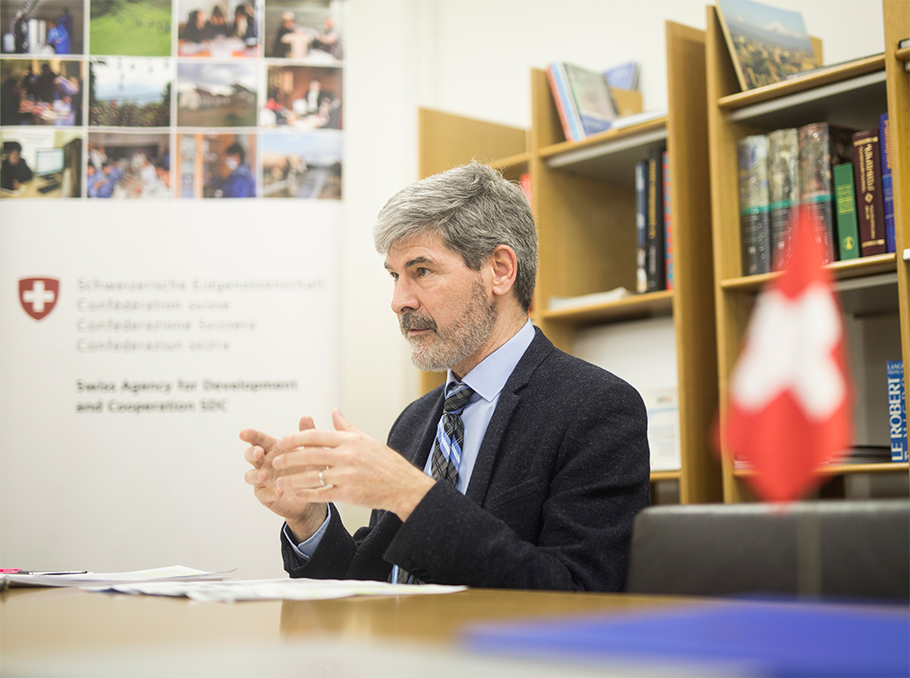


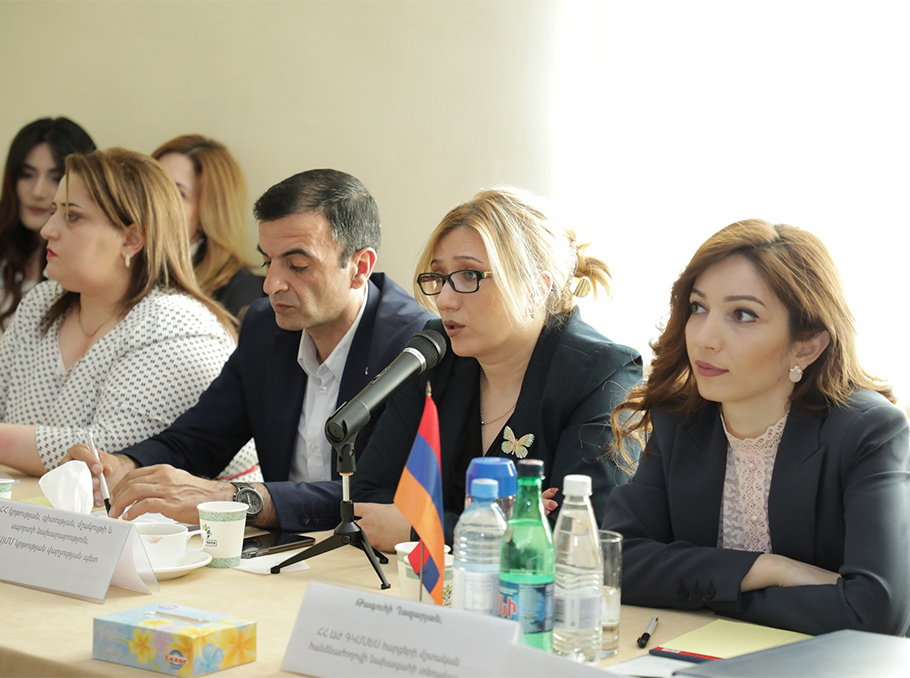

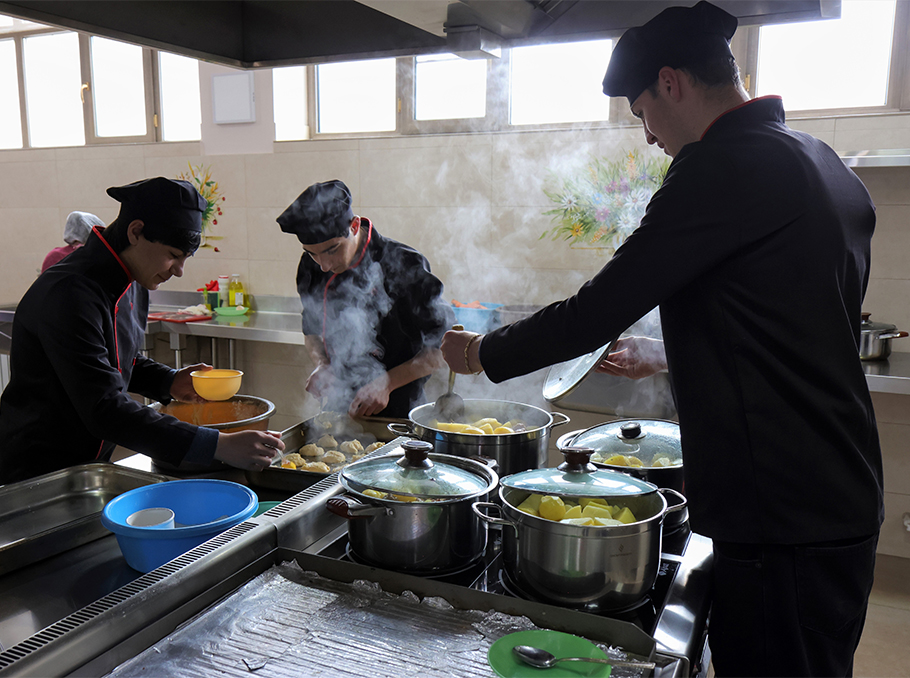
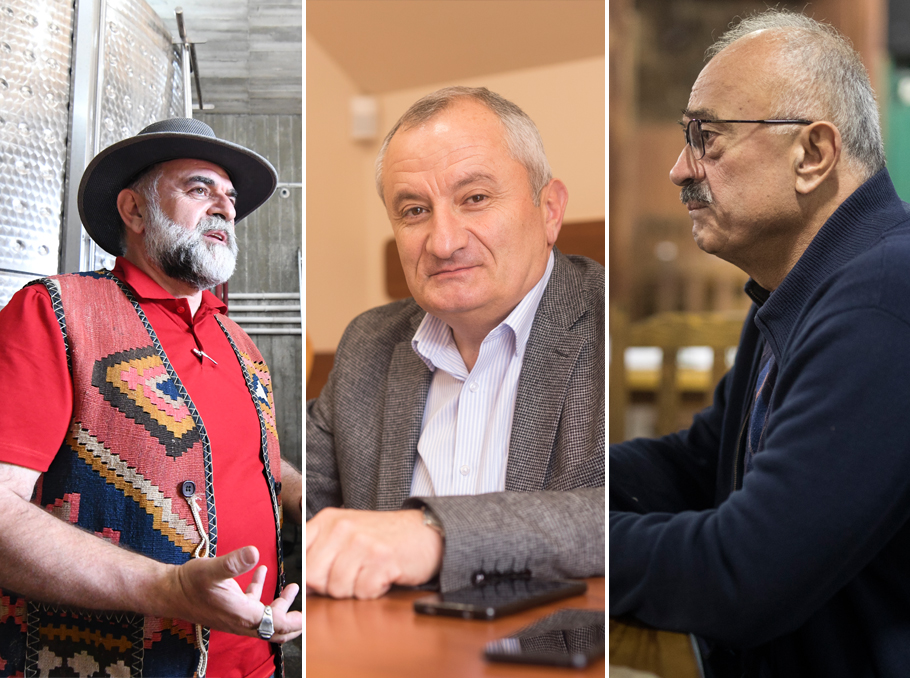






Comments
Dear visitors, You can place your opinion on the material using your Facebook account. Please, be polite and follow our simple rules: you are not allowed to make off - topic comments, place advertisements, use abusive and filthy language. The editorial staff reserves the right to moderate and delete comments in case of breach of the rules.